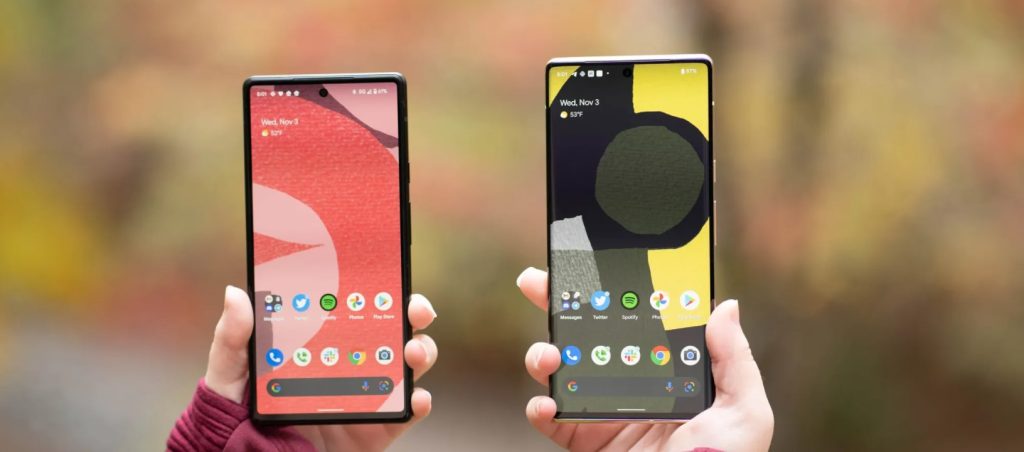
With the Pixel 6 now just over a week old for most owners, the under-display fingerprint sensor has emerged as one of the bigger points of contention. Some are having issues with screen protectors, and Google now offers a list of brands that make accessories certified for the Pixel 6 and 6 Pro.
As of last Thursday, the Google Support page on how to “Unlock your Pixel phone with your fingerprint” only had the following to say about what screen protectors are “compatible” with the Pixel 6:
Check the Made for Google manufacturers websites for compatible screen protectors.
Google just linked to the main list of brands that have “accessories designed and tested to work seamlessly with your Pixel phone,” thus requiring manual browsing.
Fortunately, that section was updated in the past week with specifics:
Brands that are Made for Google certified for Pixel 6 Pro and Pixel 6 are Zagg, Otterbox, and Panzerglass.
That said, models from all three brands are mostly sold out, while the Google Store does not currently sell any — Zagg’s is listed as “out of stock”:
- OtterBox:
- Pixel 6 Clearly Protected Film Screen Protector ($19.95)
- Pixel 6 Pro Clearly Protected Film Screen Protector ($19.95)
- Panzerglass: This accessory is not yet listed on the company’s website, though details are available from third-party retailers.
- PanzerGlass Tempered Glass Screen Protector – For Google Pixel 6 ($28.49)
- PanzerGlass TPU Screen Protector – For Google Pixel 6 Pro ($22.99)
- Zagg: (Curiously not listed on the Made for Google page)
- Glass Elite for Google Pixel 6 ($39.99)
- Glass Curve Elite for Google Pixel 6 Pro ($49.99)
Of course, many other brands, including well-known ones, offer screen protectors that have yet to be listed by Google. For its part, the company’s official guidance is:
If your fingerprint won’t scan, it might be because of your screen protector. Make sure you’re using a screen protector that is Made for Google certified.
Our advice is that it takes some time adjusting to UDFPS compared to past Pixel’s rear-mounted sensor. Mainly, you have to keep your finger on the reader rather than being able to quickly tap and lift.
It’s an optical under-display fingerprint sensor that’s a bit slower than the likes of what OnePlus uses, but I don’t have much of an issue with it after nearly two weeks of using it between the Pro and standard models. It’s a bit slower and slightly picky about your placement, but it gets the job done. Once muscle memory kicks in, I don’t think you’ll have any problems.
























